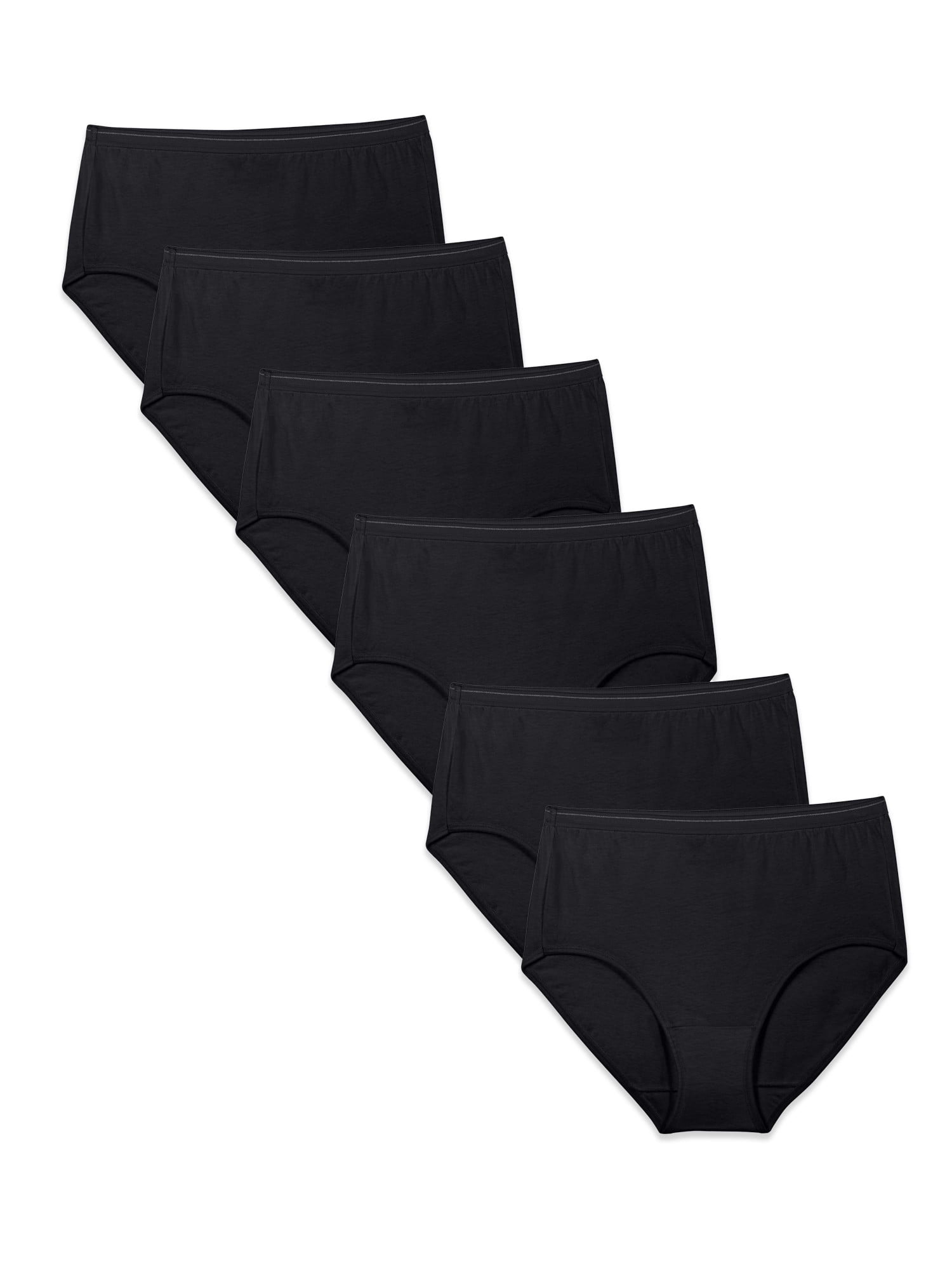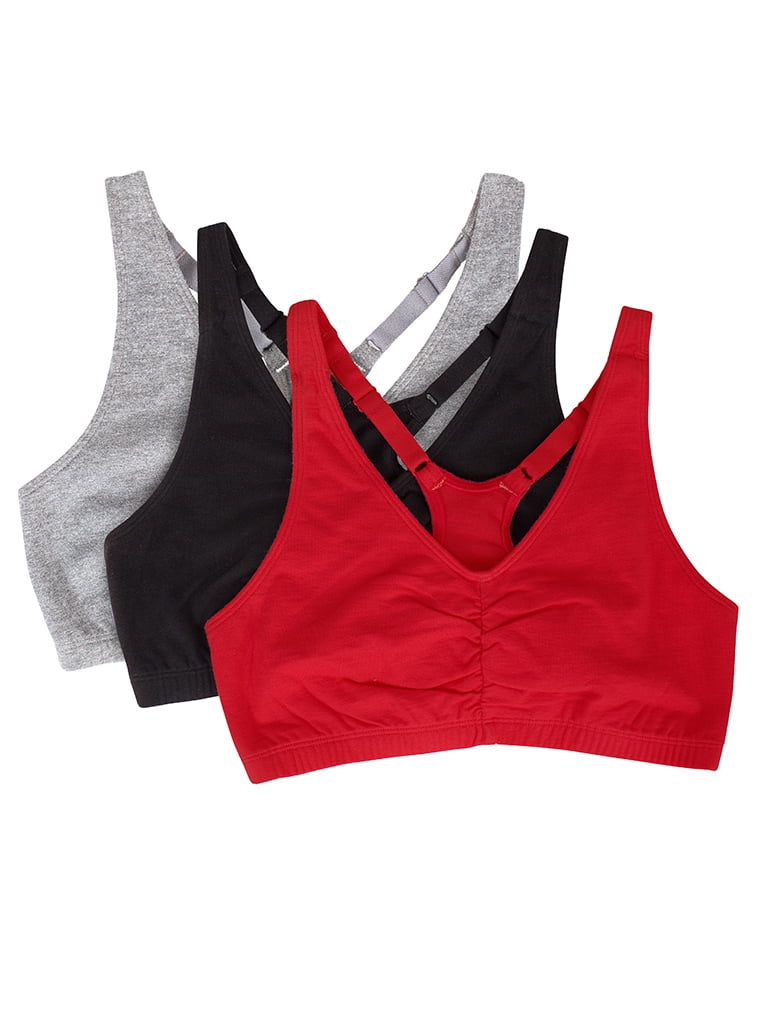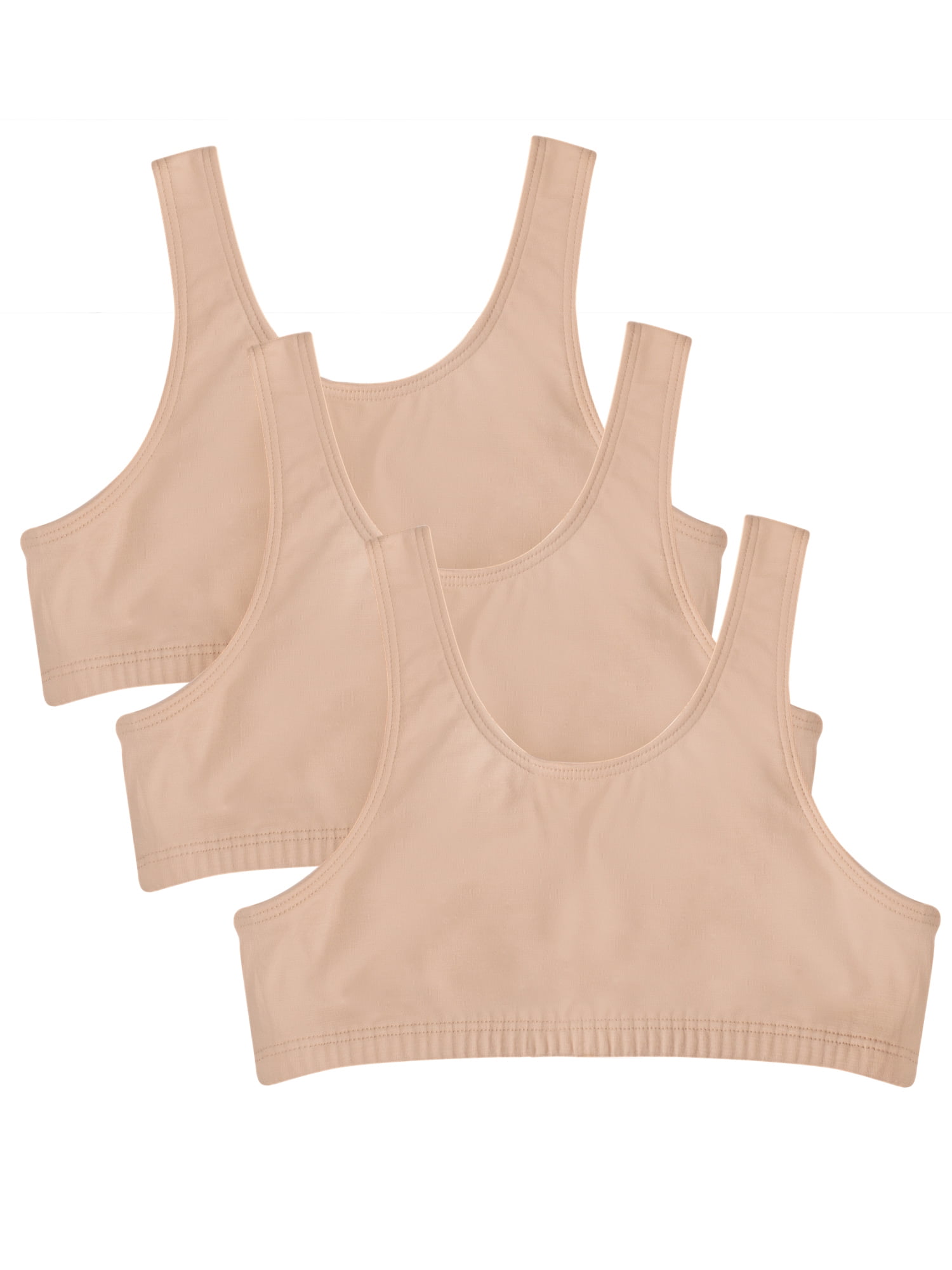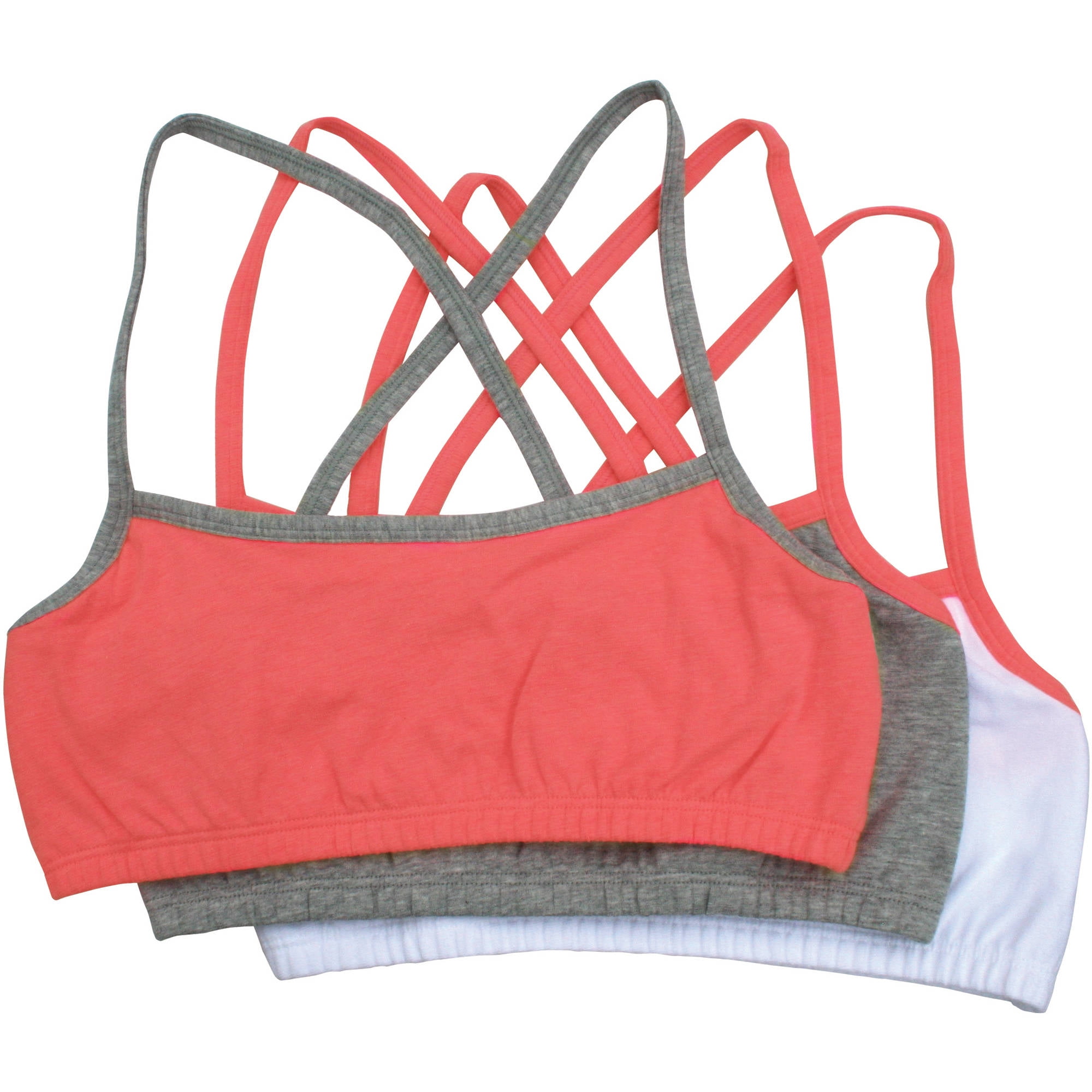

A condition of the purchase required that former COO and then interim CEO John Holland remain available to be the CEO for the company. The deal was concluded on April 29, 2002. He agreed in January 2002 to purchase the company for approximately $835 million in cash. The company was bought from bankruptcy by Berkshire Hathaway Corporation, controlled by investor Warren Buffett, who wanted the valuable brand. "Bill" Farley, the company's former chairman, CEO, and COO, was ousted prior to the bankruptcy filing in late 1999, after having piloted the company into massive debt and unproductive business ventures, including structuring the company into an off-shore entity in the Cayman Islands to avoid taxes. A large debt load which was assumed in the 1980s, a common practice at the time, did not help. Its 66 million shares of outstanding common stock dropped in value from about $44 per share in early 1997 to just more than $1 by spring 2000. įruit of the Loom filed for Chapter 11 bankruptcy protection in 1999 shortly after posting a net loss of $576.2 million. Farley also announced that company earnings fell 22 percent, despite a 10 percent increase in sales. 3,200 workers, or about 12 percent of its American work force, were laid off. Operations were moved to cheaper plants abroad. In 1995 Chairman Farley announced that the company would close six plants in the Southeastern United States, and cut back operations at two others.
#FRUIT OF THE LOOM SPORTS BRA FREE#
The 1990s saw widespread downsizing of the American textile industry overall in the wake of North American Free Trade Agreement and General Agreement on Tariffs and Trade.

On March 23, 1987, it sold its subsidiary General Battery to Exide Corporation.

Debt financing proved difficult to manage even as sales revenue quintupled. Fruit of the Loom's sales revenue rose from approximately $500 million at the time of NWI's purchase to roughly $2.5 billion nearly 15 years later. įarley served as president, CEO, and majority shareholder for 15 years. Farley in 1985 and renamed Farley Industries, Inc. The company was part of Northwest Industries, Inc., until NWI was purchased by William F. Much of its athletic outerwear was sold under the "Pro Player" label, a now defunct division. In 1871, just one year after the first trademark laws were passed by Congress, Knight received trademark number 418 for the brand "Fruit of the Loom". Knight thought the labels would be the perfect symbol for his trade name, Fruit of the Loom – an expression referring to clothes, paralleling the phrase "fruit of the womb" meaning "children", which can be traced back to the Bible (Psalm 127:3). The ones with the apple emblems proved most popular. Skeel's daughter painted images of apples and applied them to the bolts of cloth. ġ921 newspaper ad for Fruit of the Loom muslin fabricĪ friend of Robert Knight named Rufus Skeel owned a small shop in Providence that sold cloth from Knight's mill. In 1856, the company changed its name to "Fruit of the Loom", while producing its first muslins. Knight Corporation" after they acquired the Pontiac Mill in Warwick, Rhode Island. The origin of the Fruit of the Loom company dates back to 1851 in Rhode Island, when textile mill owner Robert Knight and his brother Benjamin established the "B.B. In 2006, Fruit of the Loom acquired Russell Brands, LLC, a global company whose brands included Russell Athletic, Brooks Running, and Spalding, among other names in athletic wear. The company is a vertically integrated manufacturer. The company's logo comprising a red apple, leaves, green grapes, purple grapes, and white currants (or yellow gooseberries) forms a widely recognizable trademark. The company employs more than 32,400 people worldwide.

Fruit of the Loom is one of the largest manufacturers and marketers of underwear, printable T-shirts and fleece for the activewear industry, casualwear, women's jeanswear, and childrenswear.


 0 kommentar(er)
0 kommentar(er)
